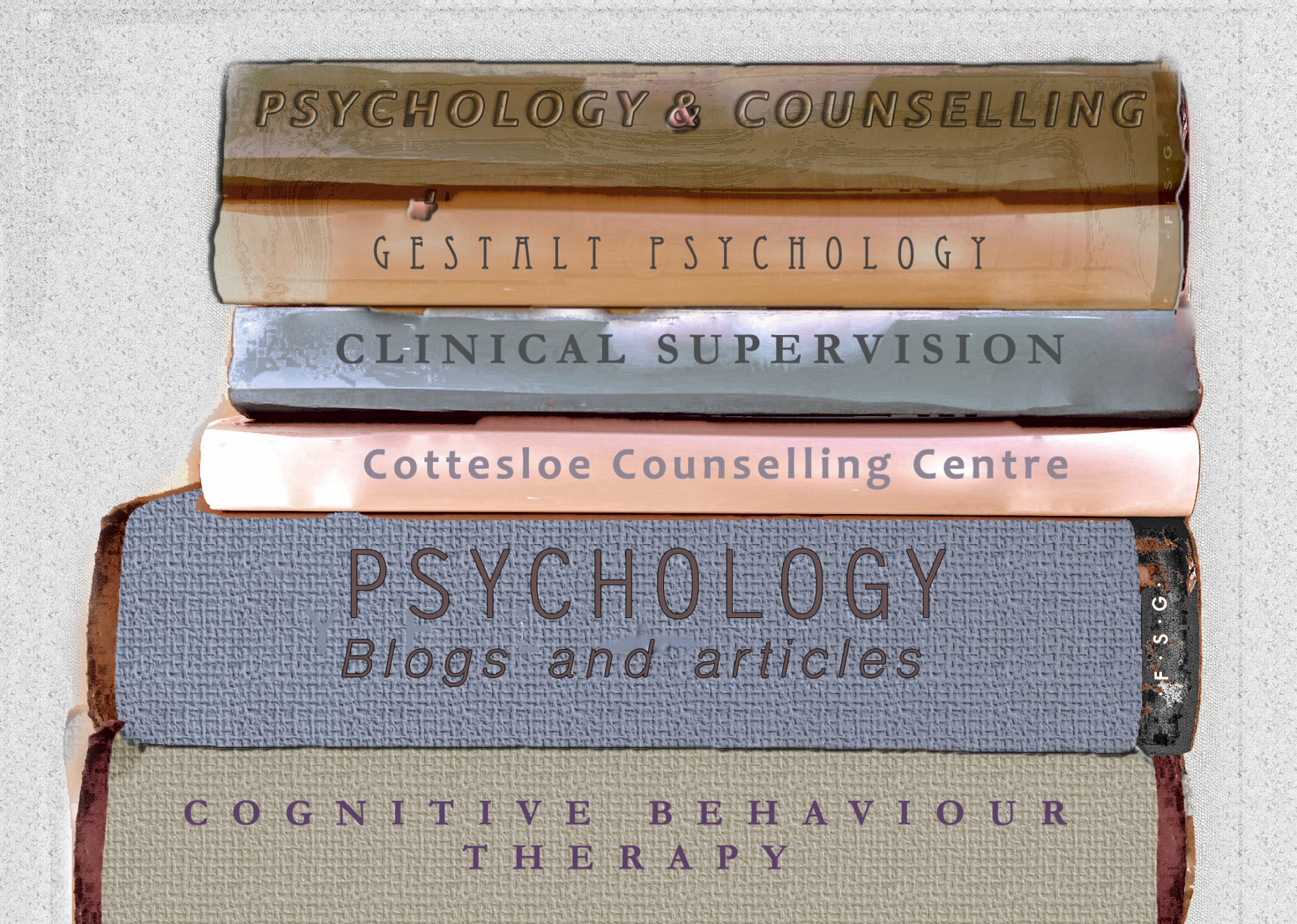This article looks at what boundaries are, the role they play in development of self, relationships and families and thinking about boundaries as a tool for managing children’s behaviour.
Setting Healthy Boundaries with Your Child or Adolescent
Below are common scenarios for today’s parents/caregivers. What we see here is what we may say out aloud and what we may be thinking privately (in italics) when we are feeling at the end of our tether with managing children’s behaviours. What we often don’t know is that we are not alone in this kind of stormy weather.
- ‘My kids are running the roost’
(it’s exhausting) - ‘I put my foot down, they nag and nag, it’s easier to just give in for some quiet’
(I hate them sometimes) - ‘I say no and then cave in’
(I feel guilty when I see their faces, I want them to love me) - ‘My parents expected me to obey their every word, no questions asked. Why won’t my kids?’
(I feel bewildered, I can’t make them listen to me) - ‘If we don’t smack our kids to bring them into line, they’ll never learn to respect us’
(I should be in control).
Parenting can be a struggle on many fronts – financially, emotionally, mentally and/or physically. Running a household, bringing in the bacon, making sure our children are clothed, fed, nurtured, educated and ‘well behaved’ is a huge task for one or two people to manage day in and day out. Whatever can help with lightening the load can be a lifesaver. This is where boundaries come in. Maintaining effective boundaries can act as an energy saver, bring us closer to our kids, create a respectful climate in our homes and enable us to maintain a sense of control in healthy ways. Boundaries can help us stay afloat and connected to each other.
This article looks at what boundaries are, the role they play in development of self, relationships and families and thinking about boundaries as a tool for managing children’s behaviour. Please note, that as most parents/caregivers know, there is no one magical solution which works with children all the time. The information in this article may provide tips for a practice involving 6 steps which can be adapted to suit one’s own style, temperament and culture.
Drawing a line
We can think of ‘boundaries’ as drawing a line in the sand. Boundaries have been defined as “a set of rules that you write to govern how you allow people to treat you,” (Kuzman, 1990). Our personal boundaries draw a line around our sense of self. Our sense of ‘self’ is made up of who we are (our thoughts, feelings, beliefs, bodies, personal space, spirituality), what our values are and how we want to be treated. When we are treated with dignity, respect and acceptance we develop a healthy sense of boundaries. Having boundaries allows us to maintain and protect our sense of self and to connect with others in healthy and meaningful ways.
During the developmental years of childhood and adolescence a healthy sense of boundaries is integral to the development of a healthy sense of self (Whitfield, 1993). “The child learns both of these – self sense and boundaries – earliest from its family of origin”, (Whitfield, 1993, p.50). As parents and caregivers we can support the development of healthy boundaries and sense of self through role modelling and setting age appropriate boundaries and limits.
How parenting styles may impact on setting boundaries
The way we set boundaries with children reflects a range of factors. One of these factors involves parenting styles. Parenting styles may be categorised as ‘autocratic’, ‘permissive’ or ‘democratic’.
“You do as I say” An autocratic style involves one person (the adult) exercising control over another, setting inflexible boundaries which if not obeyed may result in punishment. The child usually does not get a say in decisions, the parent decides on their own.
“You do what you want” A ‘permissive’ style of parenting is characterised by loose (or no) boundaries/limits set by adults whereby the child makes most of the decisions relating to his/her behaviour (Marion, 1995).
“What are we going to do about this” A democratic style or ‘authoritative’ style of parenting is one whereby there is recognition of the adult’s authority along a willingness to share power with children in age appropriate ways. This approach involves mutual respect, positive relationships, clear and overt boundaries and the use of positive discipline strategies (Marion, 1995).
“Setting healthy boundaries and limits is a healthy choice” (Whitfield, 1993)
Setting healthy boundaries by setting the scene
A ‘how to’ list of setting healthy boundaries is not effective on its own. In order to set effective boundaries we need to set the scene by putting energy and effort in to developing positive relationships with children. Building positive relationships with children can involve: spending one on one time with children hanging out together giving positive feedback to them about their behaviour and achievements daily.
A ‘6-Step’ approach to setting healthy boundaries and limits.
Step 1: Invest time and energy in developing positive relationships with children
Step 2: Do your own homework
- Reflection upon the following assists with developing one’s own boundaries which in turn increases our capacity to establish clear boundaries with others.
- Clarify what you want to teach your child (eg. to be self-disciplined, to develop a healthy sense of self, how to have a harmonious home)
- What is your parenting style? What can be tweaked so that your children are learning what you want them to learn?
- What are my own personal boundaries?
Step 3: Establish basic boundaries/limits
The following 5 rules can be considered as a basis for setting healthy boundaries. These can be applied both with setting personal boundaries and with setting boundaries with children.
- I have a right to say no to people (within reason and without feeling guilty)
- I won’t tolerate abuse (of any kind)
- I have a right to privacy
- I have a right to expect friends/family to support me
- I have a right to be listened to.
(Kuzman, 1990)
These boundaries set the tone for respectful and reciprocal relationships. This also means that as adults we need to be mindful of respecting our children’s boundaries. By having boundaries such as these we are doing our kids a favour by modelling healthy boundaries, setting healthy boundaries and limits for them and thereby promoting the development of a healthy sense of self. We are also setting the tone in our households for respect and co-operation. Children understand and co-operate limits when we: ensure that limits are stated in clear and simple terms give brief reasons for the limit (the rational for the limit) and describe what behaviour is expected of children. A pause between each sentence allows children to process the information. For example, “In this family we won’t tolerate any form of abuse. (pause) This includes hitting. (pause). You need to keep your hands to yourself”.
Step 4: Involve children and young people
Involving children and young people in the setting of boundaries is a way of modelling and engaging their co-operation. Appealing to their sense of ‘fairness’ as well as being firm about the boundaries are strategies for gaining co-operation.
Step 5: Deal with violation of boundaries
The use of positive guidance techniques can be employed when boundaries are not respected. One strategy involves setting consequences. Negotiate with children about what will happen if a limit is not respected. Ensure that the consequence is related to the event so that a sense of fairness is maintained. For example, if a mess is made, it’s that person’s job to clear it up. Children need to be reminded of the limit, the reason for it and the consequence (if appropriate) for not respecting the boundary.
Step 6: Get support
Maintaining healthy boundaries with others can be made simpler over the long haul when we receive support from others. Consider what is supportive for your self. Is it a regular coffee with friends, time out at the gym, or talking to someone about one’s own boundaries and experiences with children?
Summary of the ‘6-Step’ approach
- Invest time and energy in developing positive relationships with children
- Do your own homework
- Establish basic boundaries/limits
- Involve children and young people
- Deal with violation of boundaries
- Get support
If you are interested in debriefing your experiences of parenting or in finding out more information about the use of positive guidance techniques, please feel welcome to contact Anna Amhrose.
References: Kuzman, (1990). (title unknown). Marion, M. (1995). Guidance of young children (4th Ed.). New Jersey: Prentice Hall Inc. Whitfield, C. (1993). Boundaries and relationships: Knowing, protecting and enjoying the self. Florida: Health Communications Inc.

